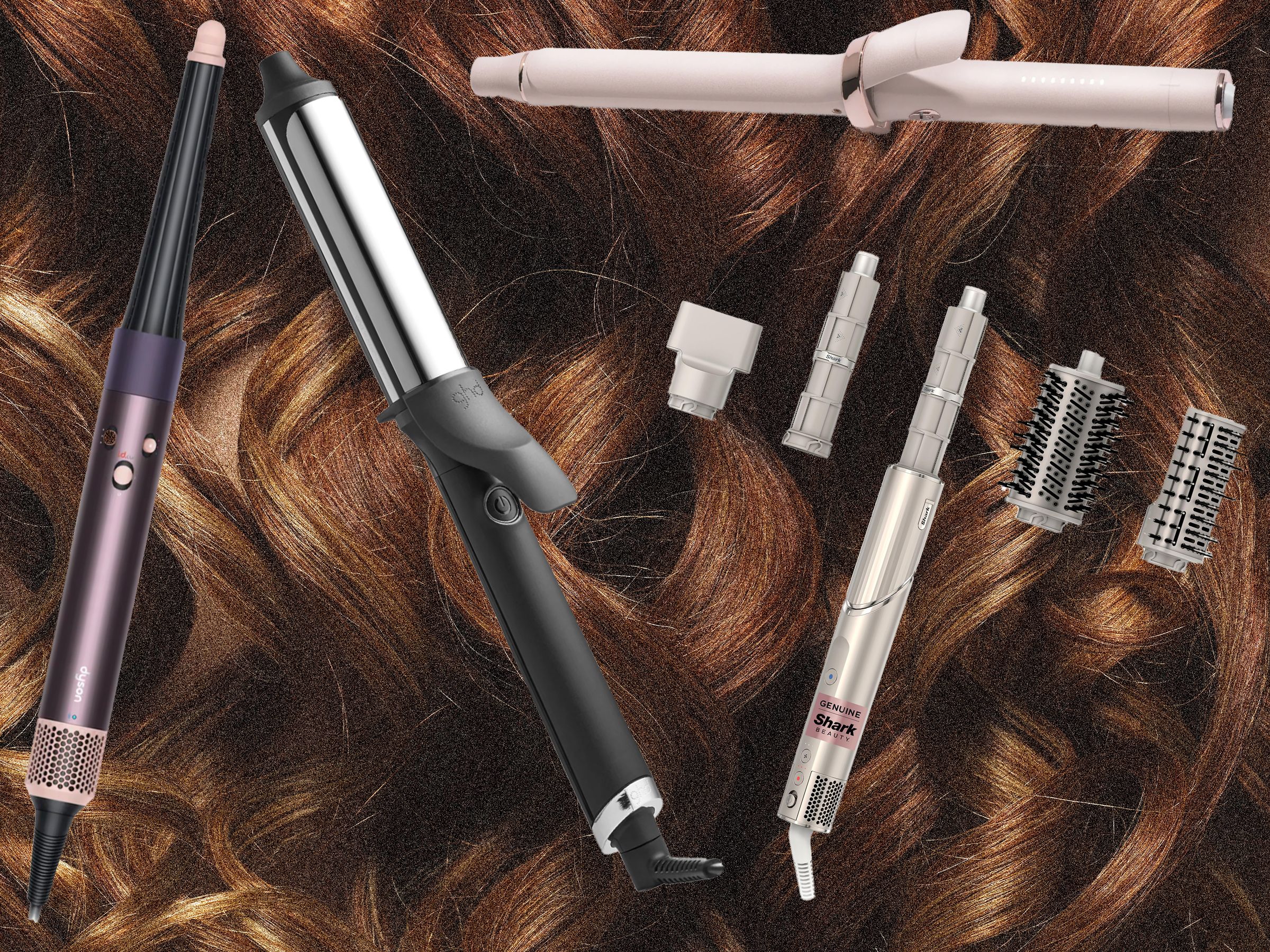Curling irons and I have a complicated history. It’s a scarring relationship, built on burns, breakage, and the faint smell of singed hair. If you grew up in the early 2000s, you remember the cheap, clampy contraptions that left you with burnt fingertips, regrettable hairstyles, and—if you weren’t careful—a neck hickey that wasn’t from your high school boyfriend. But despite the occasional battle scars, curling irons have been a rite of girlhood. Bouncy ringlets for middle school plays, romantic waves for senior prom, a tousled blowout for graduation.
The pursuit of the perfect curl is as old as civilization itself. The Romans wielded heated iron rods (calamistrum) to sculpt Venus-like spirals. Medieval wig wearers would bake their curls at the bakery, where they would wrap them inside a protective pastry cut and toss them into the oven. The Victorians, ever committed to aesthetic suffering, warmed their curling tongs over open flames for polished waves. A scorched strand here, a seared forehead there—beauty, they say, is pain.
D. Sharon Pruitt Pink Sherbet Photography/Getty Images
Fortunately, today’s curlers—like our top pick, T3 Singlepass Curl X ($150)—are smarter and pain-free (for the most part). With ceramic coatings, adjustable heat settings, and automatic rotating wands, these aren’t the drugstore relics of yesteryear. I tested a pile of them—some brilliant, some confusing—to find the ones worth your locks and money. Here are the best curling irons on the market. No bakery trips required.
For more beauty guides, check out the Best Hair Dryers, Best Hair Straighteners, Best Heat Protectant Sprays, and Best LED Masks (and How They Work).
Updated April 2025: I added information about our testing process and updated our best picks, as well as prices and links.
Power up with unlimited access to WIRED. Get best-in-class reporting that’s too important to ignore for just $2.50 $1 per month for 1 year. Includes unlimited digital access and exclusive subscriber-only content. Subscribe Today.
What Should I Look for in a Curling Iron?
Material girl. The barrel of your curling iron affects heat distribution, frizz control, and hair health. Ceramic is the most universal choice—ideal for fine, curly, or coily hair because it distributes heat evenly and helps lock in moisture. Ceramic irons also emit negative ions, which is science-speak for smoothing frizz and preventing crispy ends. Tourmaline takes it up a notch, firing off six times more negative ions for extra shine, making it a great option for thick or frizz-prone hair. If you have straight hair that struggles to hold a style, titanium might be your best bet. It heats up fast, holds high temperatures, and sets curls that last (at least until past lunch).
To clamp or not to clamp? Traditional curling irons with a clamp create more structured, long-lasting curls. Curling wands are clipless and better for natural-looking waves with no creases. Tapered wands are wider at the base and narrower at the tip, creating tousled curls that are looser at the roots and tighter at the ends. Wavers, designed with two or three barrels, deliver beachy S-shaped bends.
Size matters. The barrel size dictates the curl pattern.
- ¾-inch: Corkscrew curls and ringlets. Best for short hair.
- 1-inch: Classic curls. Suitable for all hair lengths. If in doubt, start here.
- 1¼-inch: Soft, tousled waves or for adding texture to updos. Best for medium to long hair.
- 1½-inch and up: Loose, voluminous waves. Suitable for long hair.
What’s your heat range? Not all hair types can handle the same level of heat. Fine or chemically treated hair should stay under 300 degrees Fahrenheit. For healthy and medium-textured hair, 300 to 380 degrees is the sweet spot. If you have coarse, curly, or thick hair, you’ll need 300 to 450 degrees. P.S. Don’t forget the heat protectant spray.
Any add-ons? Some curling irons have a cool-touch tip for safer handling. Some come with interchangeable barrels, which means you don’t have to pick just one curl type—Marilyn ringlets today, mermaid waves tomorrow. Cord length also matters. A professional-level curling iron has a 9-foot cord because anything shorter is difficult to maneuver when styling. (Bonus points for a swivel mechanism, so it doesn’t twist and tangle.)
To find the best curlers for every hair type, budget, and skill level, I first scoured the market for the latest and greatest tools, everything from traditional clamps to auto-curlers that do the work for you. Each hair tool was tested for at least two weeks. Here’s how I evaluated each tool:
- Ease of use. I assessed weight, grip comfort, clamp tension, and whether the cord behaved or ended up in a knotted mess.
- Heat settings. In addition to temperature ranges. I also monitored how fast each heated up, whether it maintained a consistent temp during styling, and if it fried my ends.
- Hairstyle longevity. I enlisted WIRED reviewers with straight, wavy, and curly hair to put these curlers to the real-world test. Did the curls last or deflate before noon?
- Price and value. I compared cost to performance and will continue to test for long-term durability.
- Features. Digital temperature control, automatic shutoff, dual voltage for travel … if it was advertised by the company, I made sure it delivered.




